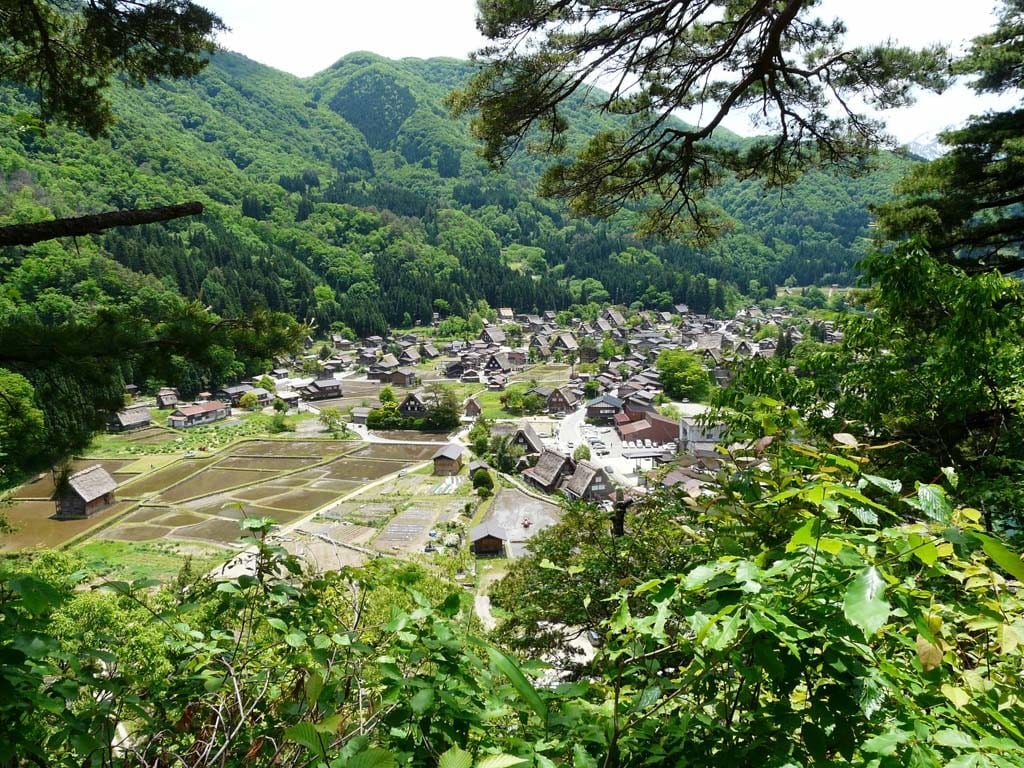Trends in urbanization are often accompanied by even more significant trends of depopulation in rural areas. Japan presents an extreme case in population changes as in addition to being an incredibly urbanized state; it has one of the lowest birthrates in the World. As a consequence, the care of the elderly who remain in rural areas is of growing concern. Efforts from the Japanese government to date have revolved around consolidating the small rural hamlets into larger administrative units. While this drastically improves the efficiency in fund allocation from a governmental standpoint, the services provided to the residents of these hamlets, who are overwhelmingly aged and vulnerable, has significantly decreased. Previously, funds were allocated to each individual hamlet and decisions on utilization were done on the basis of personal connections. After consolidation, the increased geographical distance of the officers from the citizens meant that those residents who needed services were often unable to promptly or adequately receive them. Consequently, self-organization has become a trending topic of research. Significant difficulty exists in implementation of self-organization however, as trends in urbanization have led to severe depopulation in rural communities. As a result, to date, successful examples of this self-organization in Japan have been scarce. One example however, Kawane village, through its unique experiences, has become a potential model of successful self-organization in Japan.
Kawane village is located a three hour drive from Hiroshima in Western Japan, and consists of 19 hamlets located in a mountainous, difficult to access area. As of the 2005 census, Kawane Village had 623 residents comprising 266 households. Of these households, 153 were identified as being farmers and almost half of the population was aged over 65. The merger with other villages into the city of Akitaka in 2006 created new problems for Kawane. Following the merger, there was an increase in costs related to public services in addition to a decline in the quality of these services. Despite these realities, the residents of Kawane Village have been able to maintain a high quality of life through successful self-organization that started more than 30 years prior.
In the summer of 1972, Kawane village suffered a devastating flood, which consequences were worsened due to the slow and inadequate efforts of the local government. The residents, realizing their disadvantageous location, began to reorganize. An “our village in our hands” attitude grew among the residents, focused on a need for greater self-sufficiency. The Kawane Promoting Association (KPA), previously consisting of only a few households, grew to represent the village and this new attitude. As membership increased, driven by this attitude, the hamlet level traditional organization scheme was replaced by the KPA, which now counts every household as a member. This cross-hamlet coordination also allowed the KPA to become the organizing body of local cultural activities. These cultural activities, including festivals and other activities were previously under threat of disappearing due to a lack of manpower at the individual hamlet level. The KPA now became the body through which coordination across hamlets could occur, mustering manpower and resources to protect these cultural traditions.
The decision to close the Junior High School in 1983 further increased acknowledgement of the KPA’s role as a representative for the village. In addition to being the only Junior High School in the area, the school served as an informal “heart” of the village and its closure would be a severe psychological blow. The KPA, was able to create a plan that was successful in saving the facilities and repurposing them into a community center which would offer services necessary for the aging population. Through this action, the KPA became the de facto representative of the village with the local government despite not having any formal power and deriving its legitimacy solely through trust among its members and its ability to respond to their needs. Consequently, the local government found it more efficient to work with the KPA rather than the individual hamlets. No longer having to negotiate with each individual hamlet for fund allocation, the local government could now negotiate with the KPA directly because of its ability to distribute the benefits most efficiently and settle any disputes related to this role informally. This was in contrast to the unwieldy formal way in which the local government was previously obligated to. In addition, the cost-effectiveness of this arrangement is significant, with only 20% of the revenue of the KPA coming from subsidies.
Kawane Village and the KPA are an example of how self-organization among rural areas provides a viable potential model for effectively dealing with depopulation in these areas. Compared to simple consolidation that is primarily bureaucratic in nature and with benefits solely to the central government, self-organization provides an alternative that benefits both the central government and the vulnerable citizens of the rural areas.
Note:
“The research that was the basis for this article was found through field research conducted by Professor Kim Dool-Chul of Okayama University.”

